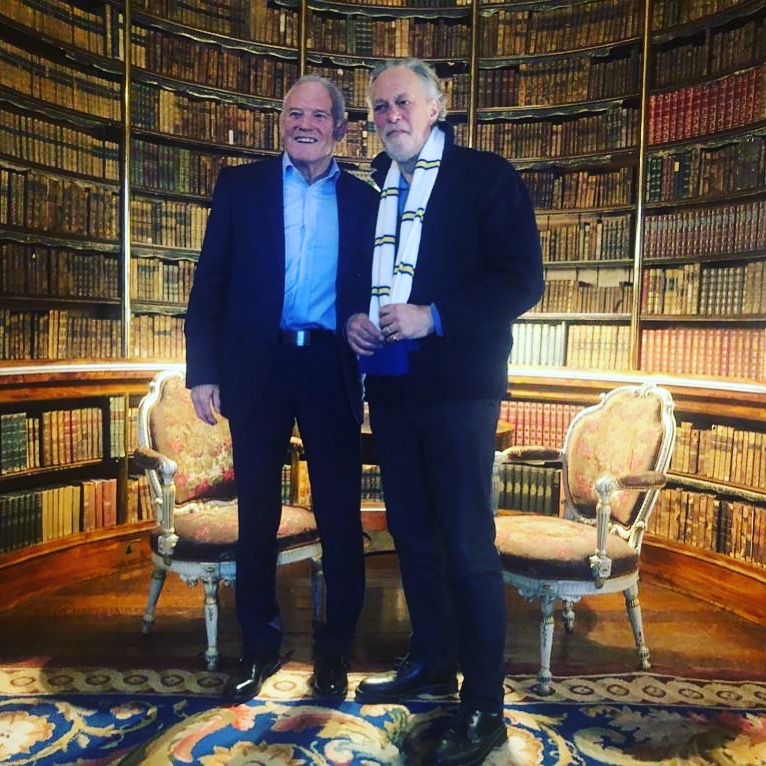Categories
21 July 2020
Celebrating Leeds United Success
21 July 2020
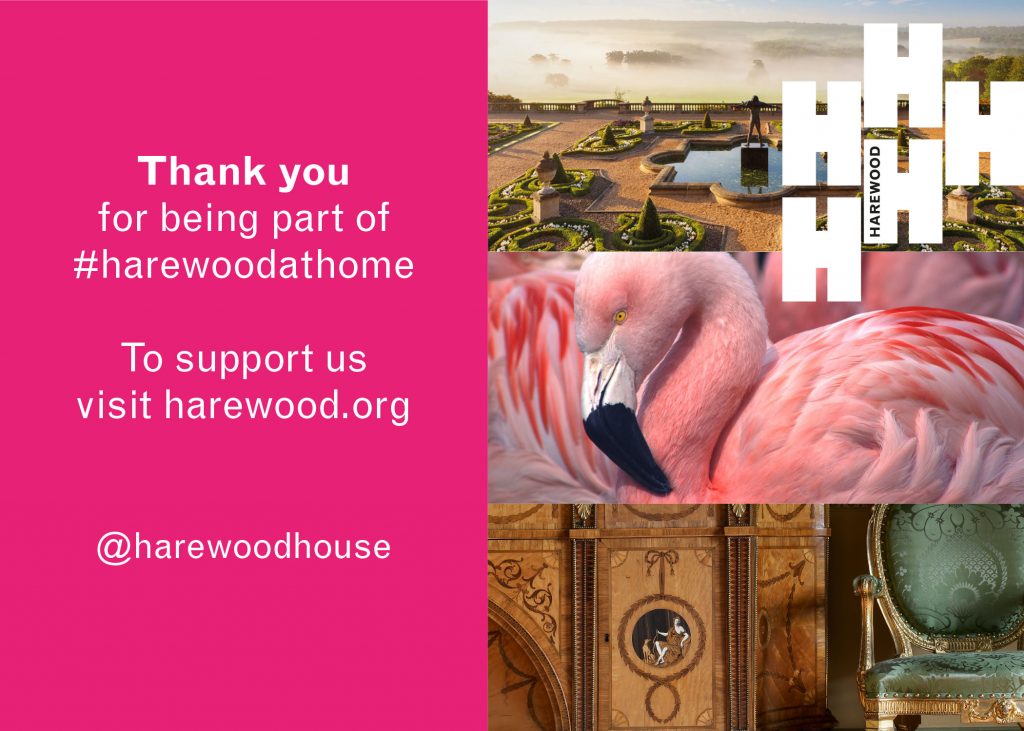 Garden how-to’s from Trevor, Head Gardener of 20 years, behind the scenes tours of the Collections with curators and an insight into a day in the life of a Bird Keeper are just some of our content presented daily online as part of Harewood at Home.
Garden how-to’s from Trevor, Head Gardener of 20 years, behind the scenes tours of the Collections with curators and an insight into a day in the life of a Bird Keeper are just some of our content presented daily online as part of Harewood at Home.
As the gates to Harewood have remained closed over the past three months, the virtual doors were opened wide from the beginning of lockdown, with daily online content made possible through new funding from Art Fund, the national fundraising charity for art.
To date, highlights have included podcasts with bird keepers, live creating sessions with plasticine model maker Jim Parkyn, a walking tour of the Himalayan Garden with the 8th Earl, David Lascelles, and video interviews with Rebecca Burton, Assistant Curator. Harewood has created hands-on learning and gardening tutorials and also used the charity as a platform to showcase contemporary artists and their work.
Emily Booker, Development Manager at Harewood said, “It’s great news that we received this additional and vital funding support at this time. Harewood is a charity, and as such we feel we have a duty to share the Collections at Harewood with the public. We’re working hard to create the best quality stories and insight online, and share this as far and wide as possible, to hopefully create some benefit for people at this difficult time. Grants like these enable us to reach more people in increasingly creative ways.”
The grant of £3,300 has been used to better equip the content team and charity with technology, enabling Harewood to work with external specialists for podcasts and film making and creating an opportunity to evaluate and adapt content to the audiences online.
There’s still plenty of content to come, as the House will remain closed once the garden reopens to the public early next month.
Keep up to date with Harewood on Social Media @HarewoodHouse
With grateful support from Art Fund.
7 May 2020
VE Day – A Double Celebration for Harewood
7 May 2020
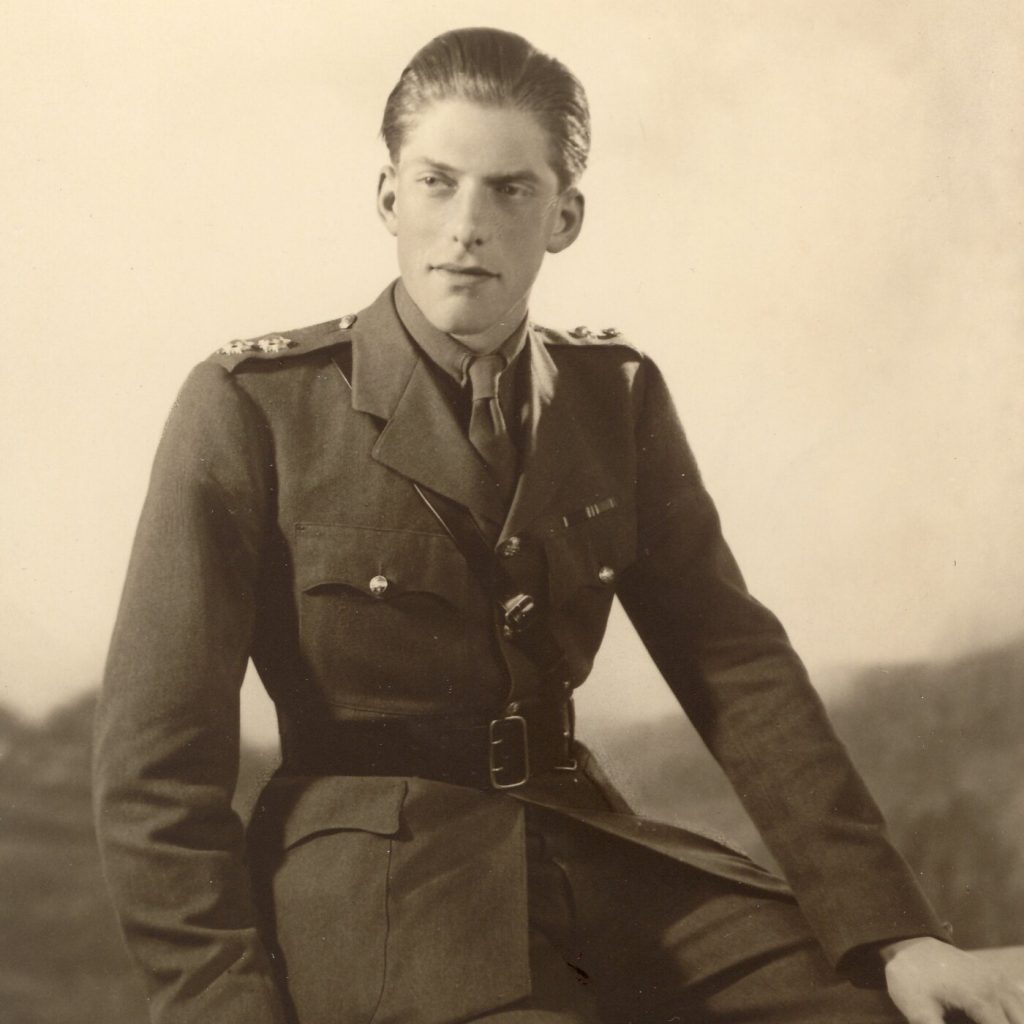 75 years ago today, the Allied Nations celebrated Victory in Europe Day, signaling the end of the Second World War.
75 years ago today, the Allied Nations celebrated Victory in Europe Day, signaling the end of the Second World War.
For the village of Harewood, VE day was a double celebration, as it celebrated the return of George Viscount Lascelles, future 7th Earl of Harewood, arriving home following his imprisonment as a Prisoner of War. The village welcomed him back to Harewood with flags and ‘welcome home’ bunting. A newspaper reported the scene:
“The sun came out for his homecoming. The chestnuts were in flower. Every cottage window had it’s Union Jack; small ones fluttered from crannies in the stone walls. Children, some carrying prayer books as well as flags, began to hop about outside the gates almost an hour before Lord Lascelles and the Princess Royal were due…Eight year old Susanna FitzRoy (Queen Mary’s god-daughter) sat her pony like a little queen and threw her velvet red riding cap in the air when the car passed…. Estate workers and tenantry, many of whom had known [George] since he was a child and whom shared his parents’ anxiety, were delighted to hear him repeat that he felt very well…. It was a fitting climax to Harewood’s VE day”
George joined the Grenadier Guards in 1942 at the age of 19. On the battlefields of Italy he was shot and wounded on 18th June 1944 and captured by the Nazis. He was imprisoned in Oflag IV-C, better known as Colditz Castle, alongside other “Prominentes” or ‘celebrities’ as Hitler tagged them – all prisoners with illustrious Allied connections, that were earmarked as powerful bargaining chips.
In March 1945, Hitler signed George’s death warrant and SS commander Gottlob Berger was ordered to execute the Prominente. But realising the war was lost, Berger failed to carry out the sentence and released his prisoners to the Swiss.
In his memoirs, The Tongs and the Bones (1981), George writes about his experiences as a Prisoner of War, which involved a thwarted escape attempt, and describes the moment he was told of his release:
“General Berger told us that he thought the war was within a day or two of coming to its end; he disbelieved in keeping prisoners pointlessly, although it was his duty to tell us that he had received orders to shoot us. He was going to disobey those orders because he thought them futile and indeed criminal, and had made arrangements to hand us over to the Swiss, who were coming immediately to take us through the German lines and deliver us into Allied hands…Leaving in the mid-afternoon of the 4 May with a feeling of total exhilaration – like a child going to its first party – we somehow assumed we should go fast and be in Allied hands in a couple of hours. But it was not like that…. We motored on through the night until at first light the German troops by the side of the road told him they thought there were no more Germans in front. We put a Swiss flag on the front of the car and drove very slowly into no-man’s land…For perhaps a few miles we saw absolutely nothing. We were going very slowly and eventually we arrived at the American front line, with no fuss, and that was that.”
Watch this short conversation with Assistant Curator, Rebecca Burton, to see a different side to Harewood during wartime.
23 January 2020
A significant year for flight – call out for Bird Garden stories
23 January 2020
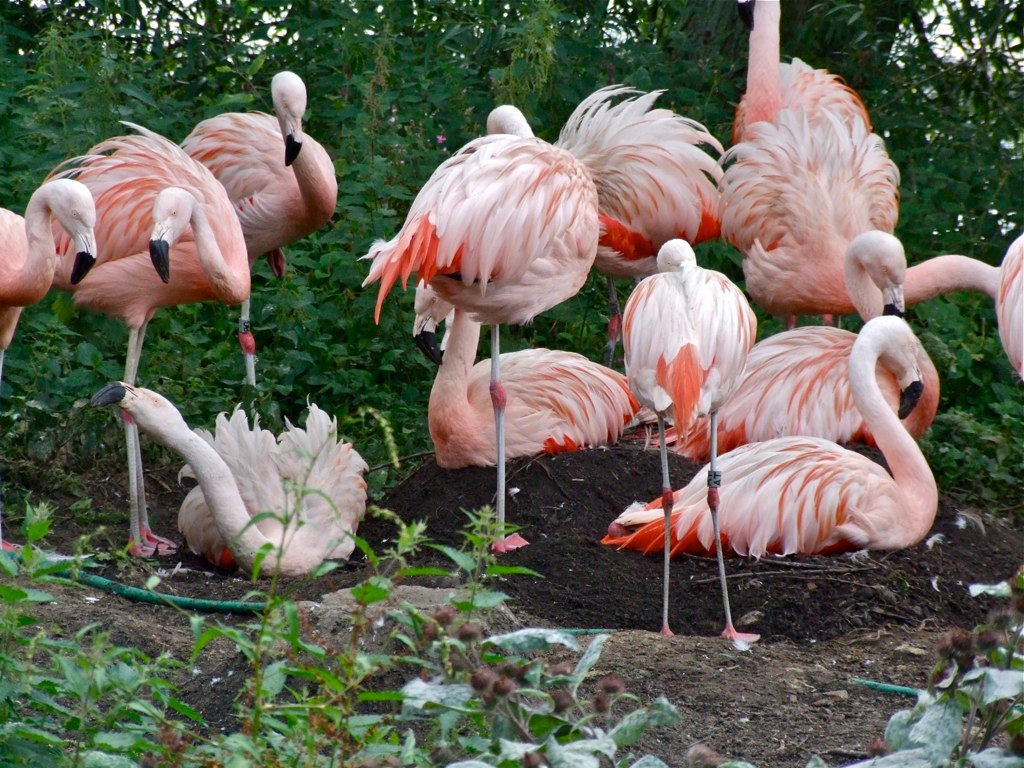 Fifty-year-old flamingos, the first penguins in a country house and a passion and commitment for wildlife and conservation, the Bird Garden at Harewood is an accredited zoo and first opened to the public in spring 1970, then hailed in the press as ‘one of England’s most comprehensive collections of rare and exotic birds from all parts of the world.’
Fifty-year-old flamingos, the first penguins in a country house and a passion and commitment for wildlife and conservation, the Bird Garden at Harewood is an accredited zoo and first opened to the public in spring 1970, then hailed in the press as ‘one of England’s most comprehensive collections of rare and exotic birds from all parts of the world.’
When Harewood reopens on 21 March, following three months of winter closure, it will be to celebrate 50 years of the Bird Garden, with new launches and exhibitions to be revealed across the House, grounds and gardens.
We’re calling out to visitors and local people from around the 1970 opening to get in contact now and share their memories and stories of one of visitors’ most loved areas of Harewood to this day.
The Bird Garden was originally opened by the 7th Earl and the Countess of Harewood, to provide a new attraction for visitors and celebrate their passion for wildlife and the protection of endangered species. At the time they were advised by Sir Peter Scott, the conservationist, ornithologist and founder of the Wildfowl and Wetlands Trusts and also by Len Hill, celebrated ornithologist and founder of Birdland Park and Gardens.
It once housed 500 birds from 140 different species, including native Australian birds from the Countess’ home country, in addition to significant collections of birds from the Himalayas and South America. Today, Harewood is an accredited zoo and a member of BIAZA, the professional body representing the best zoos and aquariums in Britain and Ireland. It is home to approximately 300 birds from 56 different species, of which there are 17 managed international breeding and conservation programmes.
1970 was a significant year of flight – the year Concorde first flew supersonic; the first commercial passenger flight took place on a Jumbo Jet from New York to London and the Apollo 13 mission to the moon.
Jane Marriott, Director, Harewood House Trust, says “The Harewood Bird Garden is one of the best-loved parts of a visit to Harewood for many people, but what people may not know is that we are also an educational charity and the Bird Garden is an accredited zoo. At Harewood, we have a clear commitment to the care, conservation and biodiversity of many endangered bird species from around the world.
“In this 50th anniversary year, we would love to hear from anyone who might have visited in those early years, from when the Bird Garden opened in 1970. We’re sure there are many fascinating stories and memories, and hearing them will enable us to build the most complete picture of the impact of this part of Harewood’s past and its future and how zoos have developed from lovely displays of birds, into a very important place to care for our planet and wildlife.”
Harewood is asking people to send their stories to marketing@harewood.org
You can find out more about the Bird Garden here
25 November 2019
Dementia-friendly team training
25 November 2019
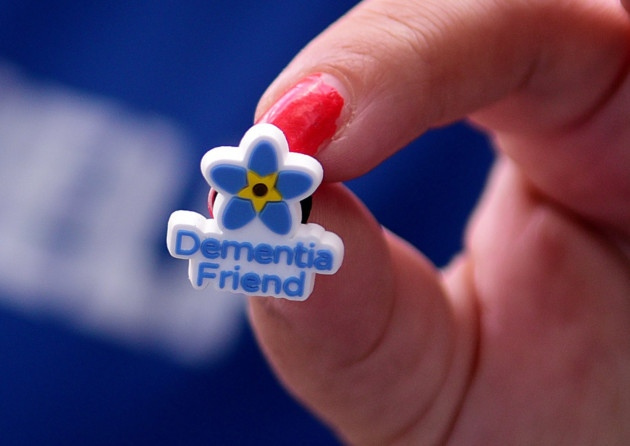 This week our Visitor Experience Team become Dementia Friends and joined the UK’s biggest ever initiative to change the way people think, act and talk about Dementia.
This week our Visitor Experience Team become Dementia Friends and joined the UK’s biggest ever initiative to change the way people think, act and talk about Dementia.
Twenty members of the Visitor Experience Team, including supervisors and those who work in the House, on the Chain Ferry, and at Visitor Reception, took part in the training session, delivered by a volunteer Dementia Friends Champion.
Being a Dementia Friend simply means learning more about dementia, putting yourself in the shoes of someone living with the condition, and turning your understanding into actions. Something as simple as being more patient during a transaction at our ticket booths, every action counts.
This was a really impactful session, where those taking part learnt about key messages through activities and discussion, providing a greater understanding of Dementia affects everyone differently and committing to one dementia-friendly action at the end of the session.
Emily Long, Visitor Experience Manager, said “This was a really enjoyable session and our team is proud to raise awareness and support people living with Dementia. It’s incredibly important that as many of our staff and volunteers as possible have the opportunity to become Dementia Friends and we will all be wearing blue forget-me-not pin badges to identify ourselves.”
Follow Harewood on social media @HarewoodHouse
